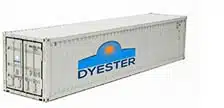Transforming Sustainability: The Rise of Semi Container Homes in Eco-Friendly Living Trends
The trend of sustainable living has gained immense traction in recent years, propelled by increasing awareness of environmental issues and the desire for eco-conscious living solutions. One innovative approach that has emerged is the use of semi container homes, which are rapidly transforming the landscape of eco-friendly housing. According to a report by the World Economic Forum, the global market for sustainable housing is expected to reach $1.4 trillion by 2027, with modular and container-based constructions becoming particularly popular due to their reduced carbon footprint and efficient use of space. Semi container homes offer a versatile solution that not only addresses housing shortages but also aligns with modern sustainability goals. By repurposing shipping containers, these homes minimize waste and promote reuse, making them an attractive option for environmentally aware consumers. The growing demand for such structures signifies a pivotal shift towards greener living alternatives, setting the stage for an exciting evolution in the housing sector.
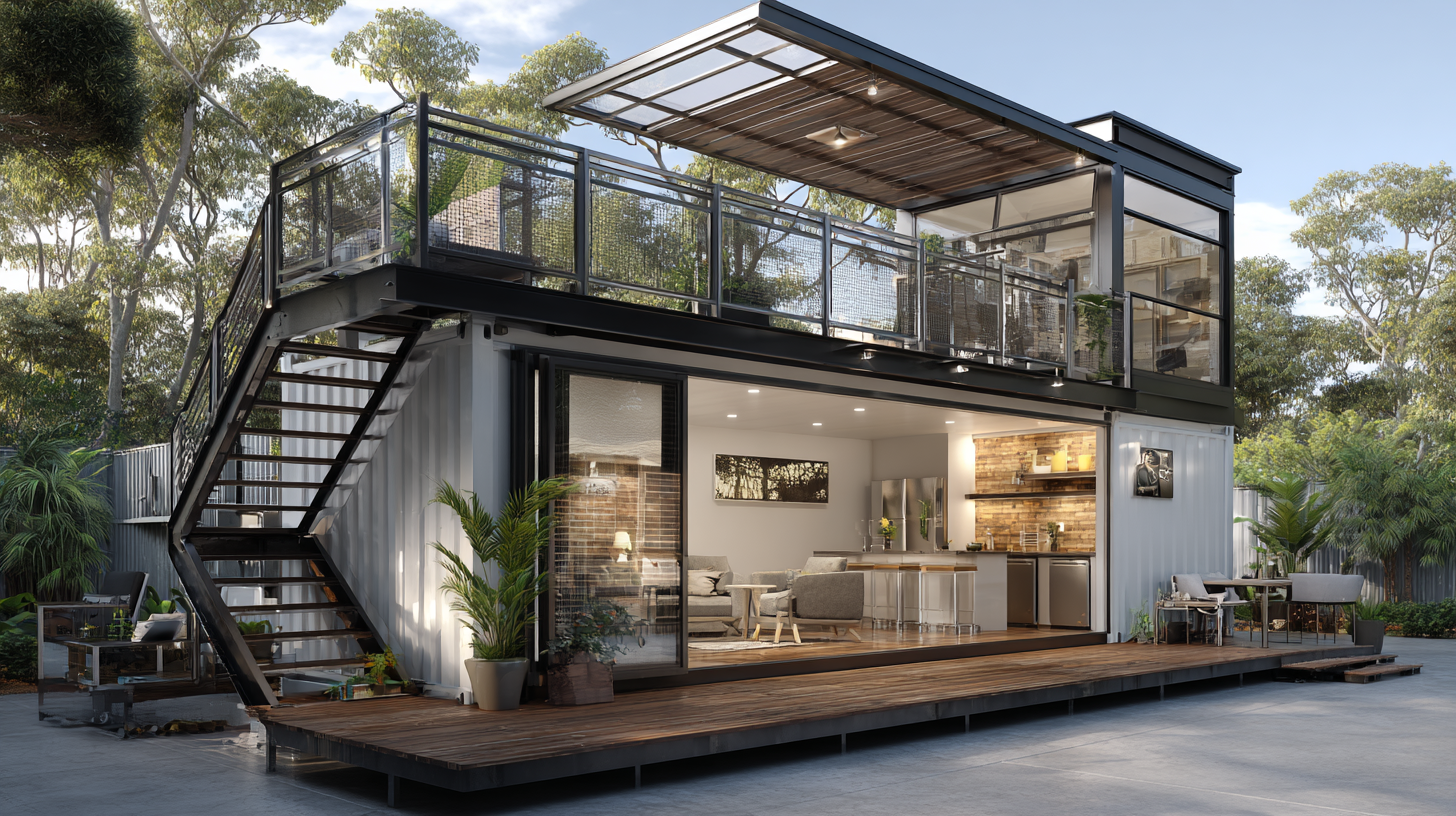
The Concept of Semi Container Homes in Sustainable Living
The concept of semi container homes has emerged as a groundbreaking approach to sustainable living, blending affordability and environmental responsibility. These innovative structures are constructed using repurposed shipping containers, leading to significantly reduced waste in the construction process. By utilizing these containers, homeowners can effectively reduce their carbon footprint while enjoying the benefits of modern architecture.
Furthermore, semi container homes are designed to be highly customizable, allowing residents to create living spaces that cater to their individual needs and aesthetic preferences. This flexibility in design encourages creativity and innovation, ensuring that homeowners can integrate sustainable practices into their daily lives. Additionally, the inherent durability of steel containers provides an advantage in terms of maintenance and longevity, further promoting resource conservation. Overall, the rise of semi container homes represents a significant step towards achieving more eco-friendly living trends in today's society.

Advantages of Semi Container Homes for Eco-Friendly Lifestyles
Semi container homes are emerging as a key player in eco-friendly living trends, offering a sustainable alternative to traditional housing. These homes utilize repurposed shipping containers, significantly reducing the demand for new construction materials. This not only lowers the carbon footprint associated with building homes but also encourages recycling and repurposing of resources.
Additionally, semi container homes are highly customizable, allowing homeowners to design spaces that align with their lifestyle while minimizing environmental impact.
Tips for integrating semi container homes into your eco-friendly lifestyle include choosing energy-efficient appliances and incorporating solar panels to further reduce reliance on non-renewable energy sources. Utilize natural insulation materials to maintain temperature, thus lowering energy consumption for heating and cooling. Moreover, consider the layout and positioning of your container home to maximize natural light and airflow, which can enhance comfort while being kind to the planet.
By embracing semi container homes, individuals can contribute to sustainable living without compromising on style or functionality. The lower cost of construction and maintenance also allows for reinvestment in other eco-friendly initiatives, making this an overall win for both the environment and the modern homeowner.
Innovative Design Features of Semi Container Homes
The rise of semi container homes signifies a transformative shift toward eco-friendly living, driven by innovative design features that promote sustainability. These modular dwellings utilize repurposed shipping containers, significantly reducing material waste. According to a report by the World Economic Forum, construction and demolition waste accounts for approximately 35% of the total waste generated globally, highlighting the urgency for sustainable building practices. Semi container homes address this situation by reusing materials that would otherwise contribute to landfill overflow.
One of the most compelling aspects of semi container homes is their customizable design options. Homeowners can easily modify and expand their living spaces, allowing for versatility in layout and functionality. A study by the American Institute of Architects found that 75% of architects believe that sustainable and adaptable housing will lead the future of residential design. Features such as green roofs, solar panels, and rainwater harvesting systems not only enhance energy efficiency but also align with the principles of sustainable living. By combining affordability, sustainability, and cutting-edge design, semi container homes are setting new standards for eco-friendly living in an increasingly urbanized world.
Transforming Sustainability: The Rise of Semi Container Homes in Eco-Friendly Living Trends - Innovative Design Features of Semi Container Homes
| Feature | Description | Benefits | Eco-Friendliness Rating (1-5) |
|---|---|---|---|
| Modular Design | Customizable layouts that can adapt to different needs. | Flexibility in living space; easier to expand or downsize. | 5 |
| Sustainable Materials | Use of recycled and eco-friendly materials. | Reduces environmental impact; promotes recycling. | 4 |
| Energy Efficiency | Incorporation of solar panels and high-efficiency insulation. | Lower energy bills; reduced carbon footprint. | 5 |
| Rainwater Harvesting | Systems for collecting and reusing rainwater. | Conserves water; reduces utility costs. | 4 |
| Green Roofs | Vegetative layers planted on roofs. | Improves air quality; enhances insulation. | 5 |
| Smart Home Technology | Integration of smart systems for energy management. | Increased convenience; better energy use monitoring. | 4 |
Challenges and Solutions in the Semi Container Home Market
The semi-container home market presents numerous challenges that need to be addressed for it to thrive in the realm of eco-friendly living. One significant hurdle is regulatory compliance; many local building codes and zoning laws were not designed with container homes in mind. Navigating these bureaucratic obstacles can deter potential buyers and builders who may find the process overwhelming.
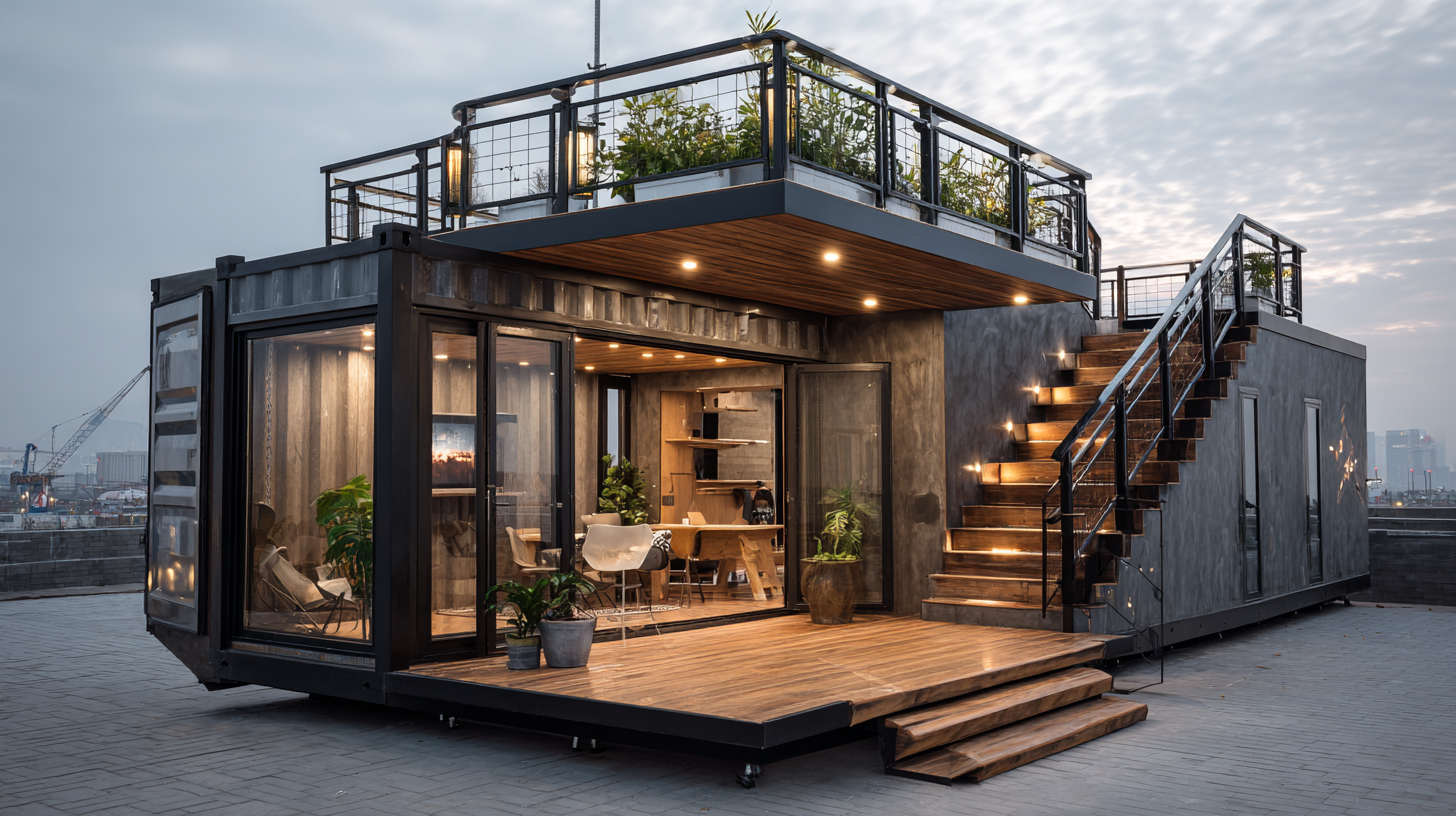 Additionally, the perception of container homes as temporary or substandard housing can undermine their appeal, despite their structural integrity and environmental benefits.
Additionally, the perception of container homes as temporary or substandard housing can undermine their appeal, despite their structural integrity and environmental benefits.
To overcome these challenges, innovative solutions are being implemented. Builders and advocates are increasingly collaborating with local governments to draft regulations that are more accommodating to unconventional building practices. Furthermore, educational campaigns are essential to reshaping public opinion, highlighting the durability, energy efficiency, and aesthetic potential of semi-container homes. By emphasizing their adaptability and relative affordability, the market can attract a broader audience committed to sustainable living. With these efforts, the semi-container home movement can gain momentum and contribute meaningfully to the future of green architecture.
Future Trends in Eco-Conscious Housing Solutions
The trend of semi container homes is emerging as a sustainable solution in the realm of eco-conscious housing. With a projected market value of $18.58 billion in the home pump sector by 2024, anticipated to grow to $26.92 billion by 2032, it’s clear that the demand for functional and innovative living solutions is on the rise. Homeowners are increasingly looking to blend aesthetics with utility during renovations, opting for designs that prioritize both form and function. Notable trends include the integration of flexible open spaces, catering to the modern lifestyle that values adaptability.
**Tips:** When considering a semi container home, think about incorporating multifunctional areas that can serve various purposes, maximizing the use of limited space. Sustainable materials are key; selecting eco-friendly options not only reduces your carbon footprint but enhances the longevity of your home. As the entire custom home market projected to grow from $1.75 billion in 2022 to $2.74 billion by 2030, there's a growing opportunity to invest in personalized, sustainable housing that meets individual needs while contributing to environmental well-being.
Related Posts
-
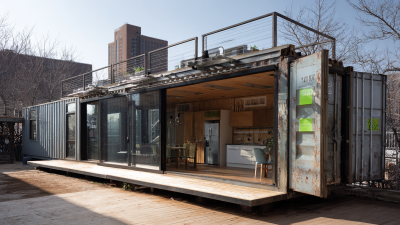
Transforming Shipping Containers into Sustainable Living Spaces: A 2023 Housing Solution
-
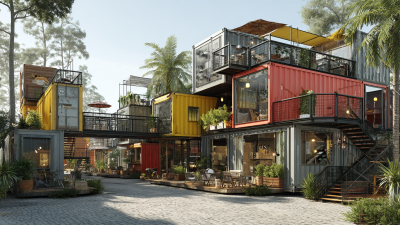
Transforming Everyday Life with Innovative Containers for Living Space
-

The Rise of Sustainable Living Through Shipping Container Flats
-

Transforming Urban Living: The Rise of Innovative Shipping Container Flats in Modern Architecture
-
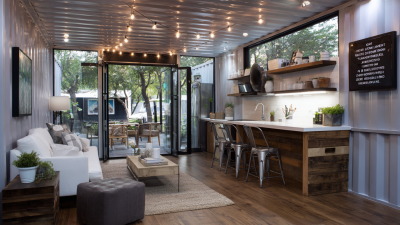
Transforming Tiny Spaces: How Containers Revolutionize Modern Living
-

Transforming Urban Living: Innovative Container Solutions for Modern Spaces

